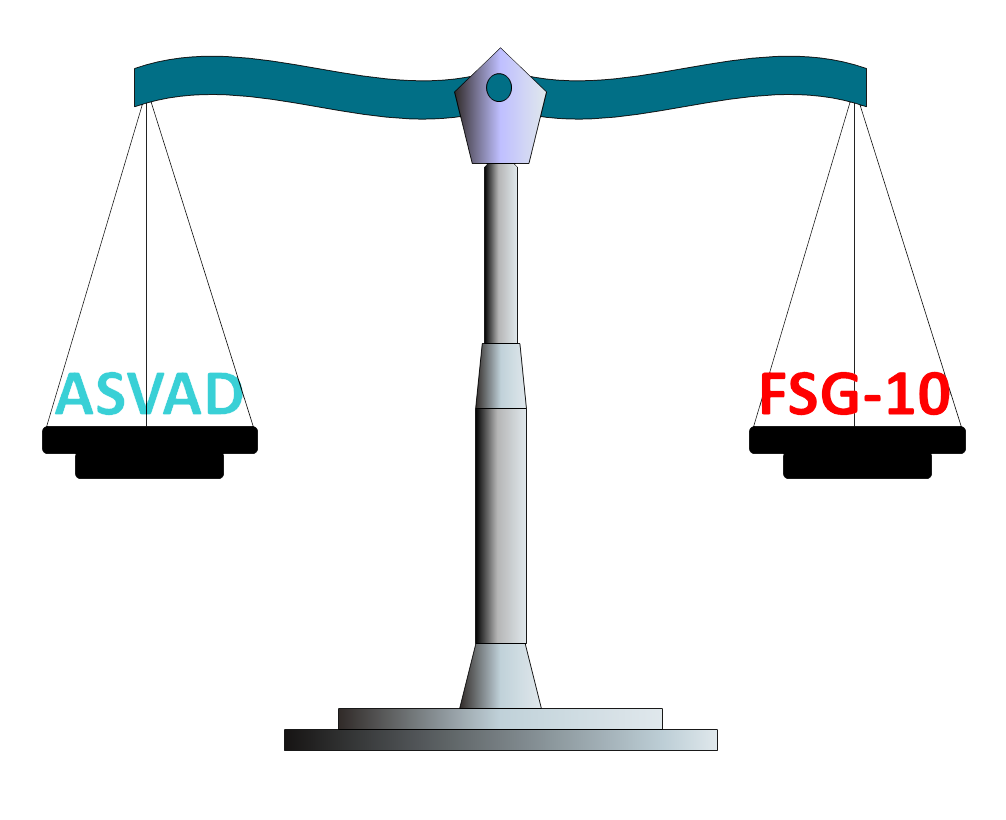ASVAD VS FSG-10
You already know the current strategies. You also know the ASVAD valve. It’s time to know which is better.
The scenario starts with a LOCA accident. On one side there is an accumulator with ASVAD installed. At the other, the current accumulator and the FSG-10 strategy.
Seeing the video below, you will discover the winner.

ASVAD SIDE
- Just sensing the accumulator pressure the valve knows WHEN to actuate. ASVAD does not require operator attention.
- ASVAD is already installed and ready to act from its first moment.
- ASVAD is a completely passive element and does not require external power for actuate.
- When the water ends, ASVAD does its job venting the accumulator. Operators can detect its actuation by the available instrumentation (if any) even if it suffers significant miscalibration during the accident.
- Once actuated, the accumulator is fully depressurized, avoiding any further nitrogen injection.
- ASVAD doesn’t need any special maintenance. Install and Forget (until the next outage).
FSG-10 SIDE
- The operators have to decide when starting the strategy. They have to be watchful over the available instrumentation (if any) for the correct moment to perform the strategy.
- Once started, the first step is to deploy a FLEX generator to feed the isolation valves. This means to deploy the generator near the electric cabinets and deploy and conect a power cable between them.
- Once connected, the isolation valve has to be energized and closed. All these active elements have to properly work to achieve the valve isolation.
- There is not a clear way to know if the valve is fully closed. Operators have to disconnect this valve and proceed with the other isolation valves repeating the same sequence one by one.
- As these isolation valves are prone to leaks and are not designed to isolate gas, the nitrogen will leak to the reactor pipes. Slowly but continuously. The risk of nitrogen injection is still present… and nothing more can be done.
- During the normal operation, a lot of chores have to be done periodically: maintaining and testing the FLEX equipment, training the operators, doing simulacrums…
